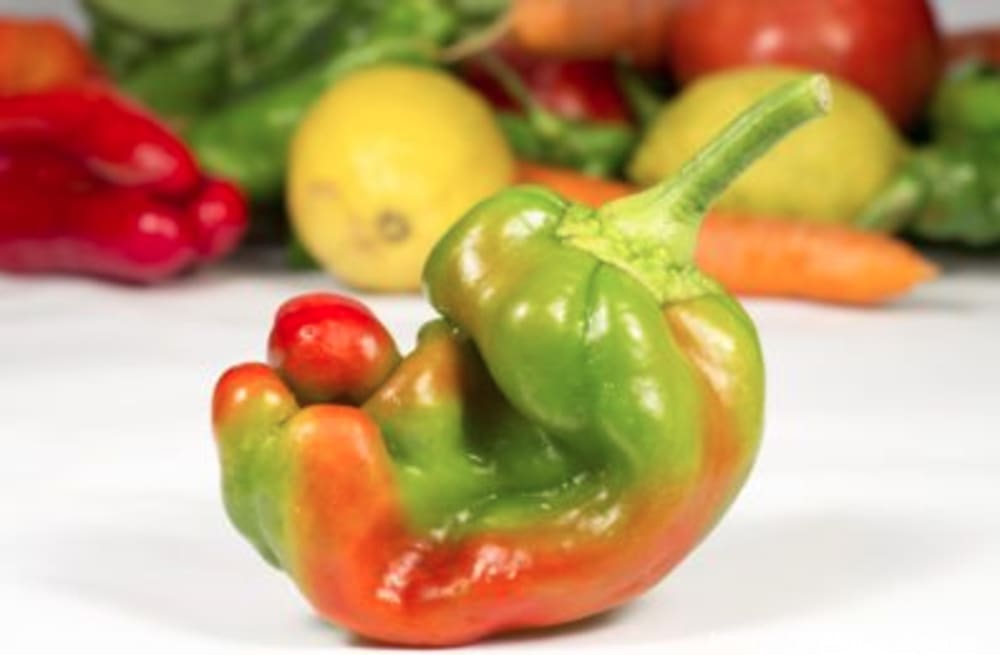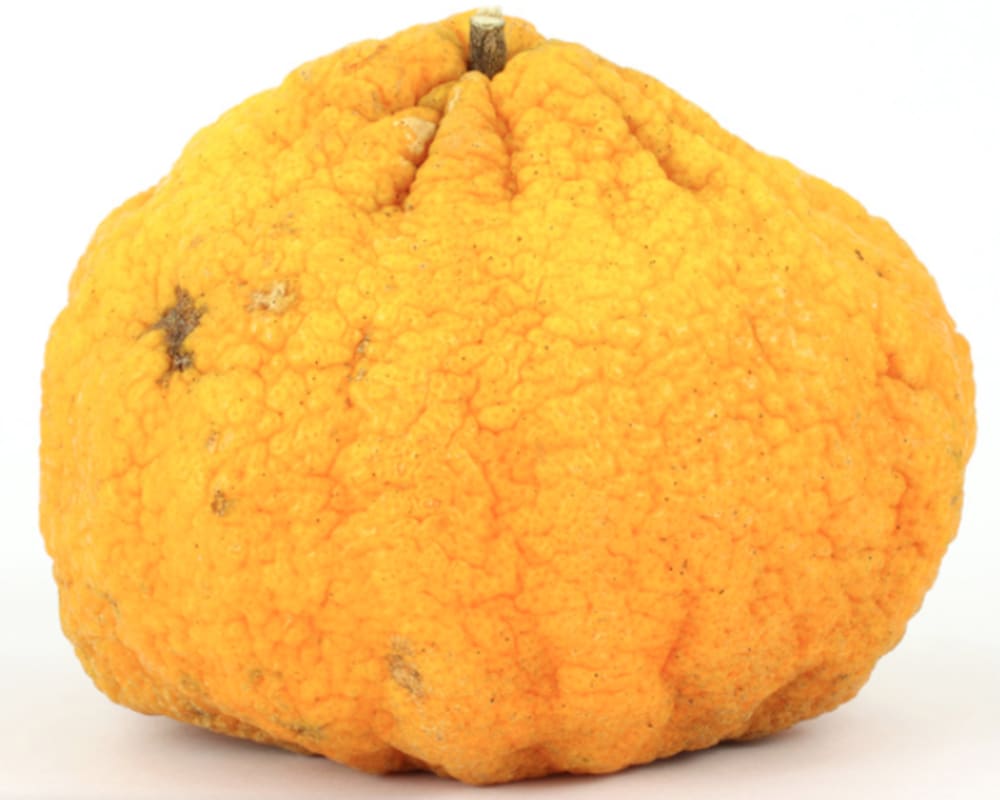It may surprise you to learn that food wastage is the third-largest emitter of greenhouse-gas emissions after the nations of the US and China. It’s time we stopped making a big deal about what our produce looks like (I’m talking about the aesthetic, not the great hairy black moles of mould on that mango). After all, it all goes down the same way, n’est-ce pas? Food distributors are beginning to embrace the less pretty fruits and vegetables out there – the Shreks of the food world, if you will, as opposed to, say, the Angelina Jolies.
With booming industrialised agriculture, fruit and veg have become modified to perfection. That long, straight carrot sat by your hummus pot doesn’t always grow that way, nor are strawberries always the perfect teardrop rubies we are used to buying. Due to consumer awareness of the devastating amount of global food waste every year (roughly one-third of the food produced in the world for human consumption), things are slowly changing. Alongside the conversation about embracing our bodies the way they are, we are including Mother Earth’s greatest gift: food. Knobbly, bobbly bits and all.
We have a natural compulsion to buy what looks best – the symmetrical and spotless fruit and veg – and this comes from an instinct to go for the aesthetically pleasing. We have this instinct for good evolutionary reason – to avoid disease. So when produce is being sorted, the misshapen (but perfectly edible) items usually get sorted out of the stock to fit the high standards of supermarkets and suppliers. In order to work towards sustainable produce, we should opt for the perfectly edible yet wonky stuff that is finally making its way onto the market.
Choosing “ugly” produce can help to reduce waste and significantly cut costs
UK supermarkets have certainly caught on to the idea. Superstore giant Tesco released its Perfectly Imperfect range in 2016, offering non-ripe and misshapen fruits and vegetables at a fraction of the price of other ranges, as well as removing the best-before labels from this range and selling juice made from discarded fruit and veg at the sorting stage.
Global superstore Lidl has made a big differences with its Too Good to Waste box, offering misshapen, slightly damaged and discoloured (but still edible) fruit and veg from opening time until midday, when the produce is then distributed to a local good cause through the shop’s surplus food-redistribution programme, Feed It Back. This is aimed at reducing waste, providing to charities fighting food poverty and cutting costs for customers, as well as reducing the time and money spent by the companies to resell the rejected produce.
Supermarkets with similar initiatives include Morrisons, Sainsbury’s, ASDA and ALDI.

Expanding access to fresh produce (and a healthier diet)
It’s no secret that the recent market for health and wellness is one for privileged consumers. “Organic”, “vegan” and “free from” labels all come with much bigger price tags than their less eco-friendly counterparts. Affording fresh, ethically sourced produce is, unfortunately, a privilege and not a right. The majority have to make do with what they can most easily access, which is often imported produce with a larger carbon footprint. Not only this, but because junk-food items are cheaper, they are the perfect excuses not to make healthier (read: pricier) choices. But fear not! The reduced prices of kooky fruit and veg mean that consumers are now far more likely to chuck a bag of bendy carrots into their shopping baskets (hummus dippers, take note).
Off the back of this, “ugly” food-box subscriptions are on the rise. Companies like Misfits Market in the USA are sourcing produce that would otherwise go to waste and delivering it to subscribers for up to 50 per cent less of the price of aesthetically pleasing supermarket produce.
Eating ugly has never been more fruitful!
For more information on our upcoming Food’s Future Summit, where we’ll discuss wonky fruit and veg and more, click here












